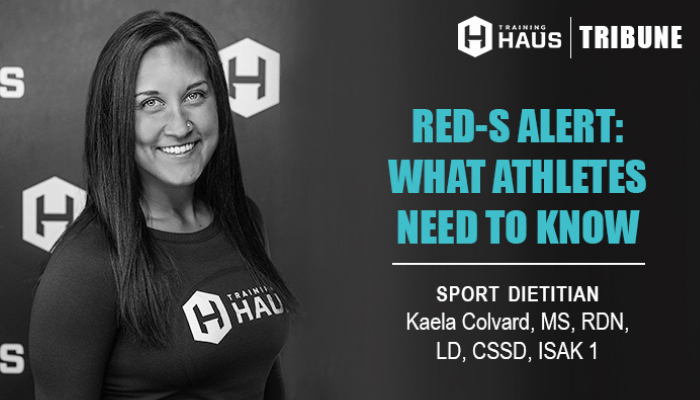
RED-S ALERT: What Athletes Need to Know
Did you know that over 65% of athletes have low energy availability, and are not eating enough calories?! As an athlete, fueling your body is the key to success. Food and nutrition impact your performance in many ways – how much energy you have during a workout, how quickly you recover afterward, how you prevent injuries, and even how you sleep.
Many athletes are under fueling, and many times it’s not on purpose because is difficult to know the amount of energy your body needs as a dedicated athlete. So, what happens if your body doesn’t get the calories it needs?
You may develop a condition called Relative Energy Deficiency in Sport (RED-S). RED-S is defined as an energy deficit relative to the balance between dietary intake and energy expenditure required to support health, activities of daily living, growth and sports training/competition. What can you do to combat RED-S? We’ve got some tips!
-
- Develop realistic, performance-oriented, health-minded weight and body composition goals. Talk about your goals with your sports medicine team to make sure you are aiming for realistic goals that are safe and appropriate in relation to your training.
- Create a fueling schedule for your day. Make sure you fuel with a meal or snack at least every 3-4 hours.
- Keep extra snacks on hand in your car, bag, or locker. It’s important always be prepared with a high-quality energy source.
- Have a pre and post training snack. A snack before you train will provide energy, while a snack afterward will replenish your body and promote recovery.
- Incorporate a bedtime snack that is high in protein to enhance recovery. For example, PB+J, wheat crackers with meat and cheese, nuts and fruit, Greek yogurt and granola.
- Seek help from a sports dietitian! Educate yourself from a reliable source that understands the unique nutrition needs of an athlete, and can help break down barriers to achieving proper fuel.
Everything You Need to Know About RED-S
It’s important to note that RED-S can be present regardless of body shape or size, and it’s important to recognize the signs and symptoms.
RED-S may affect your athletic performance in the following ways:
- Decreased muscle strength
- Decreased energy stores used for power, speed and explosiveness
- Decreased endurance performance
- Decreased training adaptations
- Impaired performance judgment & concentration
- Decreased coordination
And here’s the thing, RED-S can actually impact far more than your athletic performance. When your body is deprived of the nutrition it needs, you can also experience:
- Vitamin and mineral deficiencies
- Hormonal malfunctions
- Weaker immune system
- Digestive discomfort & distress
- Increased risk of mental health conditions
- Decreased bone health (which can lead to increased injury)
- Decreased growth and function
Like most conditions, it’s important to address RED-S quickly, to maintain your health and performance. In order to do that, you have to be able to recognize the signs and symptoms:
- Rapid and unsustainable weight loss
- Fatigue
- Irritability and depression
- Getting sick more often than usual
- Decreased concentration
- Frequent injuries or not healing as expected
- Female: changes in your menstrual cycle (lightening or missing your period)
- Male: decreased competitive drive and libido
- Training hard but not improving performance or strength as expected
- Repeated bone stress injuries
If any of the following are true, you could have an increased risk of RED-S:
- A significant increase in training intensity without increased nutritional support
- Inadequate food availability and/or food insecurity
- Cultural/team practices that promote lean body shape
- Changing weight classes or positions
- Participate in weight-sensitive or weight class sports
- Have an eating disorder or disordered eating
RED-S can occur without experiencing disordered eating, but it’s important to become familiar with the signs of disordered eating to look out for yourself and your teammates. Disordered eating is a term used describe irregular eating habits, and it has similar impacts on your body. These are common signs of disordered eating:
- Frequent dieting
- Strong desire to lose weight
- Ongoing weight fluctuations
- Guilt or shame associated with eating
- Obsession with food, weight, or body image
- Using exercise or vomiting as a way to “make up for eating”
- Restricting foods or meals
- Fixating on “good” and “bad” foods
In Conclusion
If you think RED-S may be affecting you, please call us today to schedule a nutrition consultation with one of our sports dieticians.
– Kaela Colvard, MS, RDN, LD, CSSD, ISAK 1 | Sports Dietitian
References:
- What is Relative Energy Deficiency in Sport and Do You Have It? Scottsdale Sports Medicine Institute. http://www.scottsdalesportsmedicine.com/content/what-relative-energy-deficiency-sports-red-s-and-do-you-have-it. Accessed 2/12/2020
- RED-S Syndrome: What Athletes Need to Know. UW Health. https://www.uwhealth.org/health-wellness/red-s-syndrome-what-atheletes-need-to-know/51699. Published 1/26/2018. Accessed 2/12/2020
- Margo M., Kathryn E., Constance L., Nanna M. International Olympic Committee Consensus Statement on Relative Energy Deficiency in Sport. International Journal of Sport Nutrition and Exercise Metabolism. 2018.
- Anderson M. What is Disordered Eating? Academy of Nutrition and Dietetics. https://www.eatright.org/health/diseases-and-conditions/eating-disorders/what-is-disordered-eating. Published October 26, 2018. Accessed January 15, 2021.

